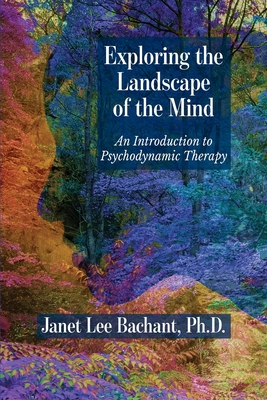
Bachant, Janet Lee
treatment takes us on a journey into the unmapped interior of a person's soul. We do not know what awesome vistas, formidable obstacles and strange inhabitants we will encounter. But we do know that the exploration of the self is the path to finding answers to some of life's greatest personal mysteries such as How did I become the person I am? How can I address the mystery of my problems in living? What do I really want? Who am I? Psychodynamic treatment is akin to the great voyages of discovery in which significant danger are faced but the rewards of discovery outweigh the difficulties of the journey (Levin, 2017). On all such encounters, each participant has a necessary role to play as they together embark on an adventure that has no equal.
Uncovering complex mental processes (many of which are unconscious) in the context of an ongoing, intimate relationship is the core of psychodynamic therapy. It demands intellectual understanding, emotional connectedness and, ideally, a sense of humor to help keep things in perspective. Doing psychotherapy tests patient and therapist alike, asking them both to deal with fears, tensions, losses, limitations, exposure and maintaining a focus on the growing edge of development through the inevitable setbacks and disappointments. But it also provides an arena for authentic relatedness and a commitment to the collaborative work of knowing a person's internal life. The potential for understanding generated by psychotherapy is unrivaled. Shedler (2010) reports the recurring finding that "the benefits of psychodynamic therapy not only endure but increase with time" in contrast to non-dynamic therapies whose gains decay over time (p. 102-103). In the words of students who have captured the essence succinctly: "It goes deeper." "It goes to the heart."
The primary function of this book is to help the reader begin a voyage of discovery. While everyone's path will be
different, there are steps each of us can take to understand the minds of others and thereby to organize our own as therapists. The techniques developed in this book focus primarily on the ordinary processes of mental organization, processes that are determined by the interaction of biological, emotional and interpersonal factors during the child's early years. In addition to addressing how normal development informs psychodynamic technique, this book also highlights the long-term effects of traumatic emotional experiences on the child's mental functioning.







